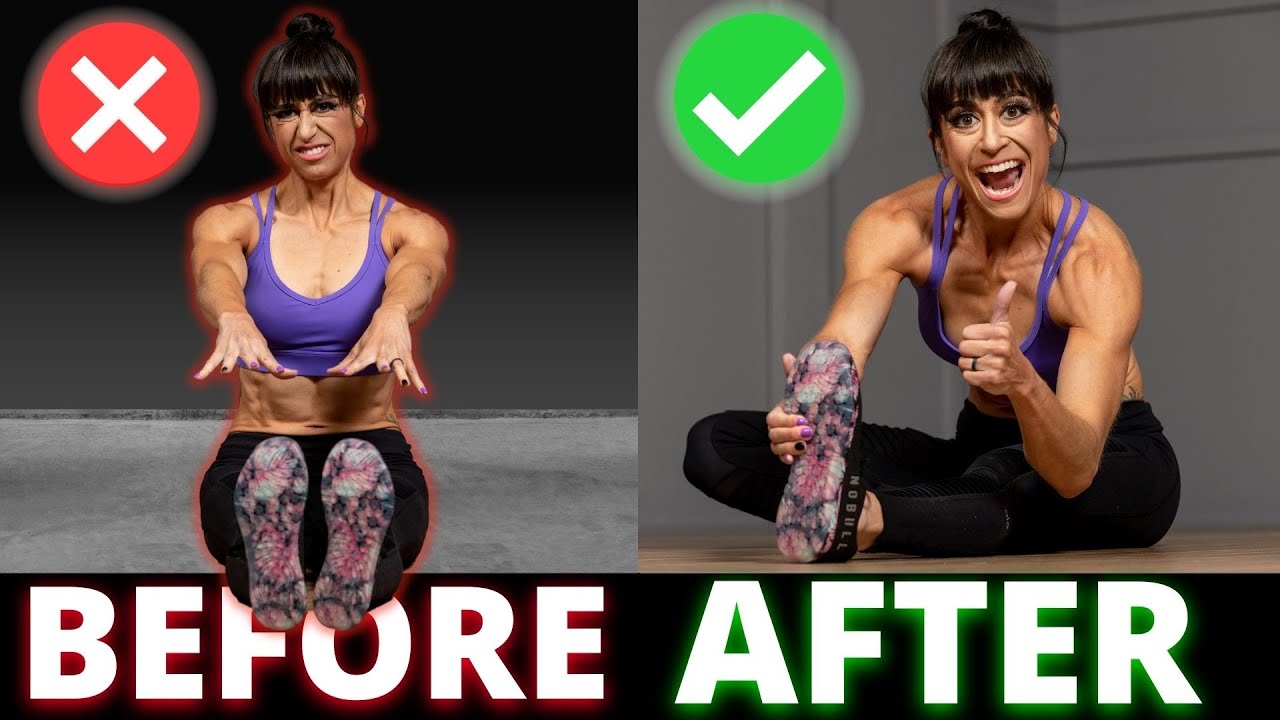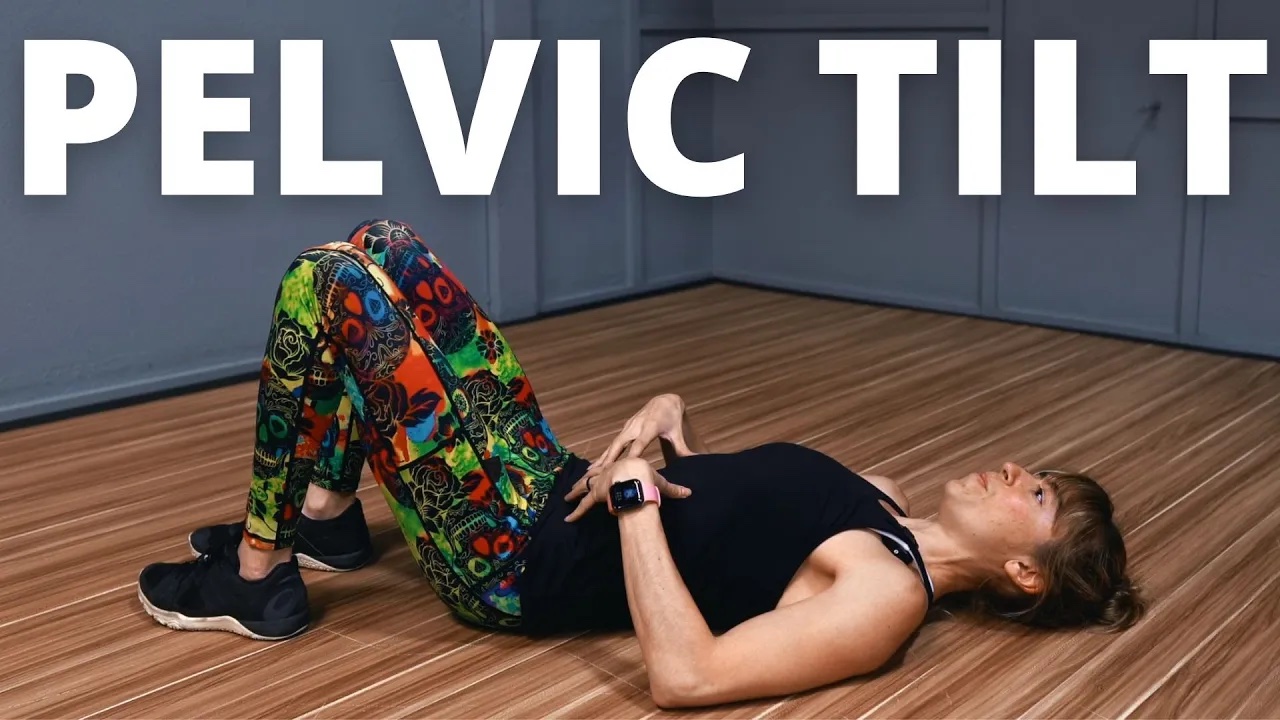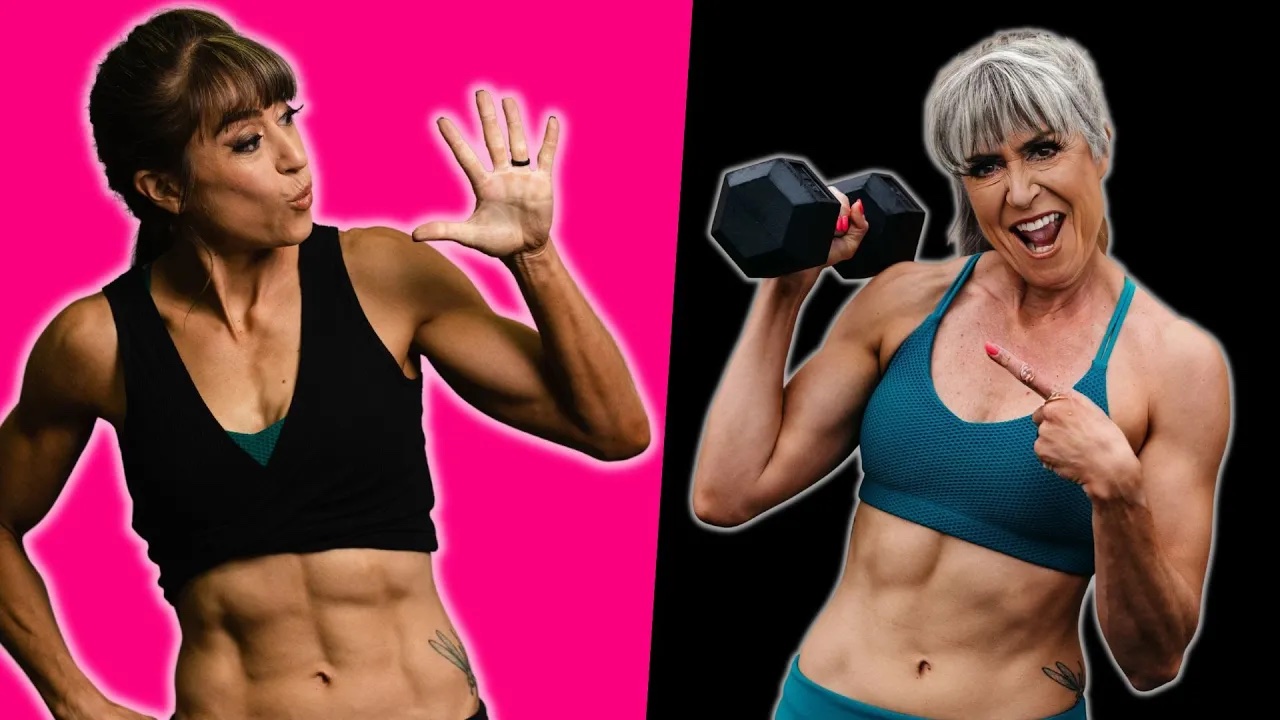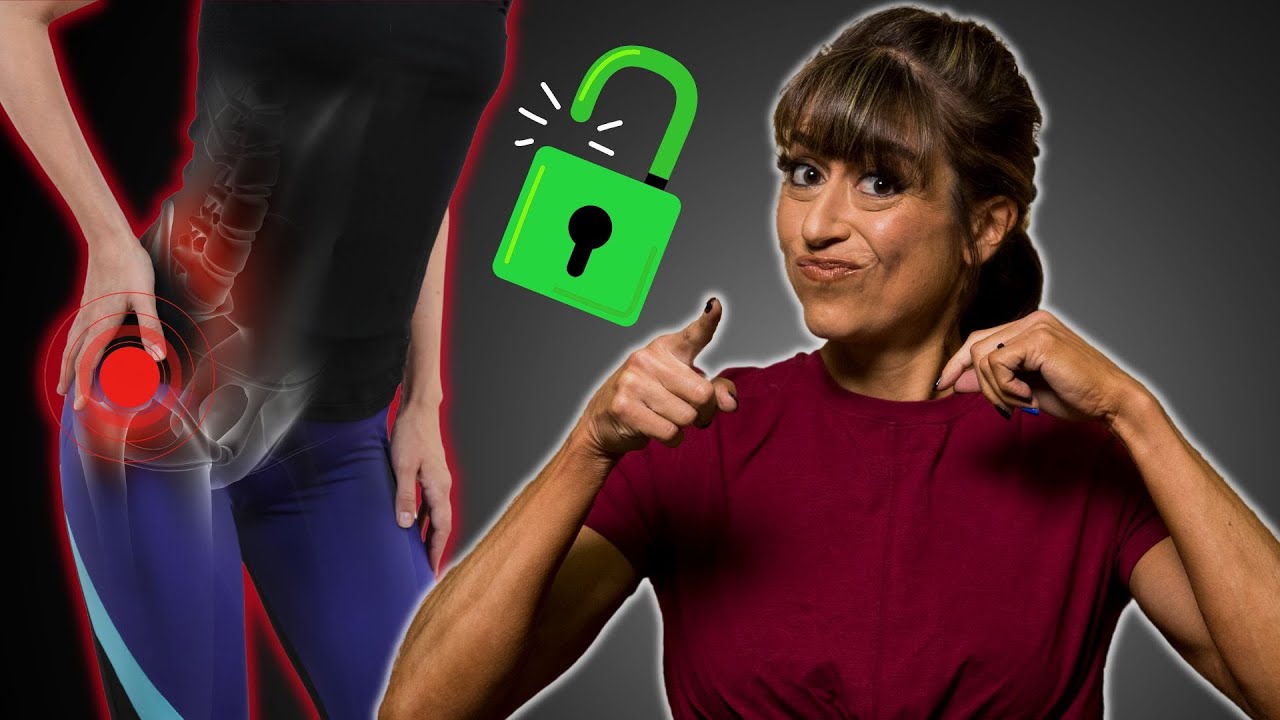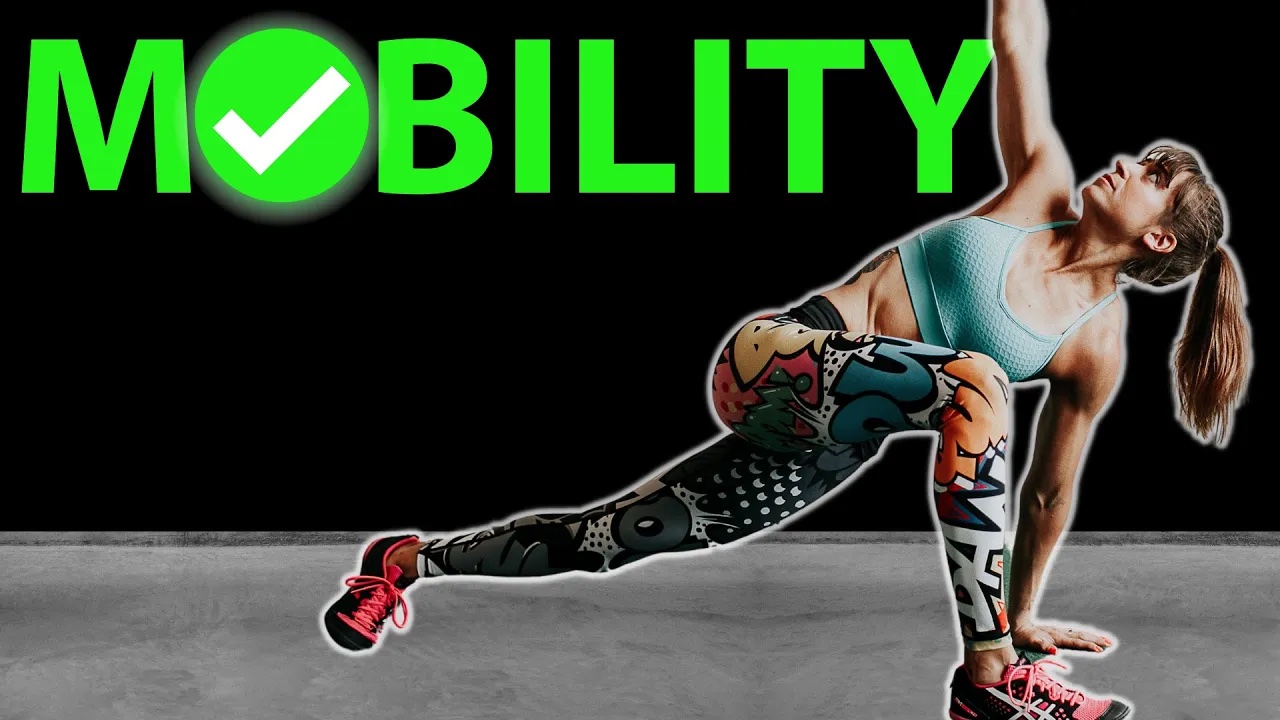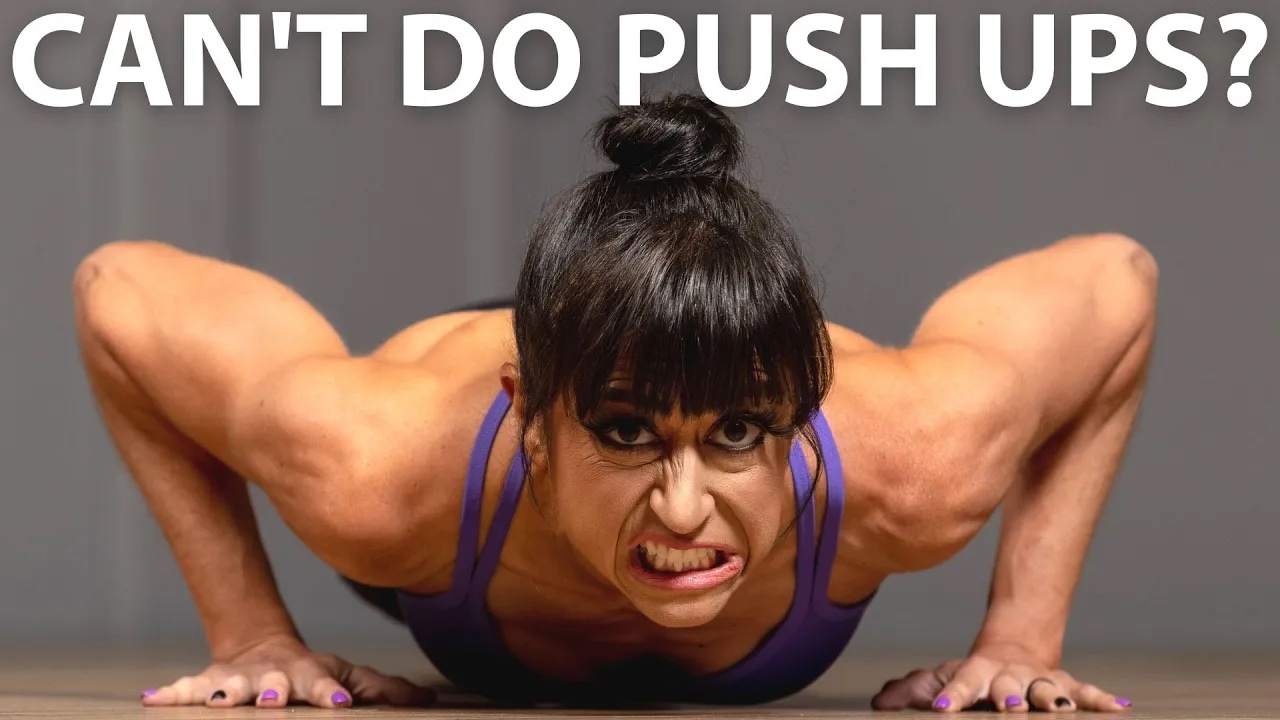
Can’t Do Push Ups? Try These 5 Tips
You’ve been working at them and working at them…
But you just don’t feel like your push ups are progressing no matter how hard you try.
Yet you feel like you’re soooo close!
That’s why I wanted to share these 5 tips to help you adjust your workouts and push up work to finally get over that hurdle and bust out picture perfect push ups from your toes.
Because we don’t just want to do one beautiful push up…we want to look like a push up rockstar!

First, don’t just include push ups for only reps and sets – use intervals instead to work on your push ups!
A big part of improving our push ups is our mind-body connection, not just our overall muscular strength.
Often we are strong enough already, we just aren’t able to fully recruit the correct muscles in the correct order to work together as efficiently as we need.
It’s why our hips sag as we focus on pushing back up or our elbows flare or we can’t engage our back to support our shoulders.
That’s why interval work over counting reps can help.
Intervals allow us to focus on what we feel working during each and every rep.
Because we don’t have to care how many we do.
We are just working for that set amount of time. We also don’t get to be “done” any faster by rushing through the reps.
So having that set time frame to work allows us to focus on each rep.
AND it allows us often to do a higher volume of work with a harder variation over getting focused on doing more reps while using a more modified variation.
Often when we see 3 rounds of 8-12 reps listed, we modify the push up to do more reps each round.
But this often only helps us improve our strength endurance to do more reps of that modified variation.
Using intervals, if you know you have 1 minute to work, you can do a rep of the hardest variation, pause. Reset and do another rep of that same challenging variation. Pause again and repeat. You can then modify if you can’t keep the rest about 10-15 seconds between reps.
This allows you to create a great training volume while using that harder variation to build up!
And you can stay focused on what you feel working over just trying to get a certain amount of reps done!
Next, don’t be afraid to mix up the push up variations you use! Push ups can be their own best accessory exercise!
Often if we can’t yet do a full push up, we don’t consider mixing things up.
But different grips and push up variations can help us target our weak links and strengthen them while also allowing us to get in more push up work.
So instead of just using the standard push up multiple times over the course of the week, vary up the types of push ups you include.
Try close grip to work those triceps more while requiring less scapular control.
Try shoulder tap push ups to work on that anti-rotational core strength and shoulder stability.
Mix up the variations you use, modifying them even to target those weak links while still working on your mind-body connection overall for push ups.
And don’t be afraid to also change up tempos and ways of modifying. If you always use an incline, try a band assisted push up instead!
Which brings me to tip #3….Try doing push ups but ONLY the lower down.
Often using even just one single aspect of a movement can help us strengthen it.
And when it comes to our push ups, we can see great gains by just focusing on the eccentric portion of the movement, or the lower down, because we are actually stronger during that part.
This means we may be able to slow down the tempo and spend more time under tension while doing a more advanced push up variation than we would be able to if we had to press back up.
So if you’re feeling stuck on an incline or modified variation, try going to that next advanced step up and do only the lower down, focusing on a slow 5-6 count.
Once you lower all the way down, simply reset at the top, don’t try to push back up.
Complete even just 3-5 reps this way or even an interval of work.
But focus on what you feel working and everything engaging correctly as you just control the lower down of the most advanced version you can!
And then even include PAUSES in your push ups, especially in this variation.
While you can pause at points in any push up variation you include to work on those points you tend to get stuck, it can be extra beneficial to include pauses during the eccentric only push ups at the very bottom.
Hold in that perfect plank an inch or so off the ground. Focus on engaging everything as hard as possible and even run through a checklist of what you feel working in your head.
Hold here for a 3-5 count then relax down and reset.
This ability to hold tension at the bottom of your push up will ultimately help you maintain tension to do the full press back up.
Often when we hit the bottom of the movement, we struggle to shift from lowering down to pushing the ground away to press back up.
This ability to maintain that plank position at the bottom is key.
It’s honestly often the missing component in our mind-body connection and where we lose tension, holding us back from full range of motion perfect push ups!
So try using that pause at the bottom. Although you can also implement pauses throughout the movement if you find there are other points you tend to fail.
Like if you get stuck when your elbows are bent to 90 degrees, try holding there too!
But don’t be afraid to included these pauses to create more time under tension and even give yourself the mental ability to focus on what you feel working without having the movement factor in!
Then stop just trying to do more reps in a row.
Often to build strength, we do want to do one more rep with a weight.
One more rep of that challenging movement to create progression and build strength and muscle.
But when working to progress a SKILL, simply doing more volume of a more modified variation can keep us stuck.
Instead we want to focus on fewer reps in a row of a harder variation.
We can build up volume by resting even 15-20 seconds between 1-3 reps to get the 8-12 reps we want to complete.
But we can’t just shoot to keep trying to do 10 reps in a row.
Or we will end up continuing to need to use the modified variation and only continue to get stronger with the modification.
Often when we get focused on hitting a higher rep range for a move too, we rush through the rest. This doesn’t allow us to fully recovery and requires us often to modify even more over the rounds.
Instead, rest more and do fewer reps in a row!
Seek to use a variation you can only do a single rep of. If you can even do 2-3 reps, try something harder!
If you’ve been stuck, feeling like you’re just at that tipping point to be able to do a full push up, try implementing these 5 tips in your workout progression.
Use intervals over counting reps.
Use different push up variations.
Focus only on the lower down and even include pauses.
And then don’t be afraid to do single reps in a row, building up that volume over the interval of work!
Want amazing workouts to build full-body strength?
Join my Dynamic Strength Program!

